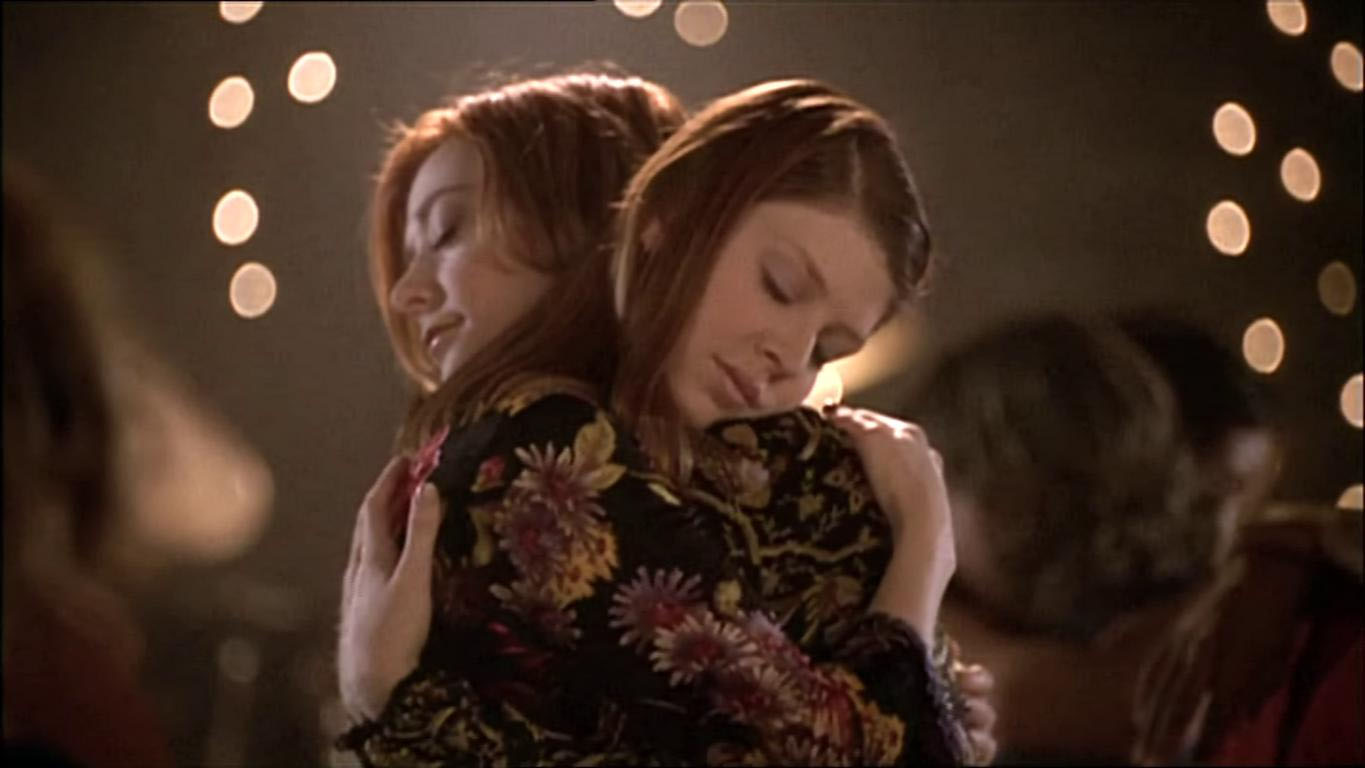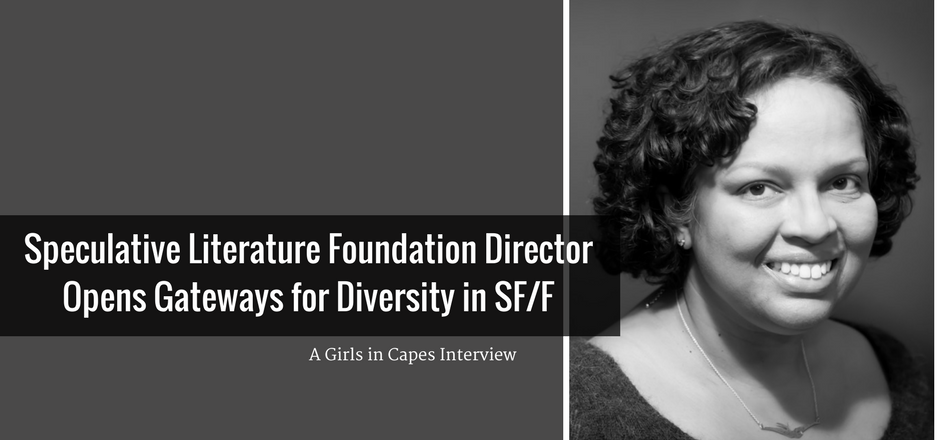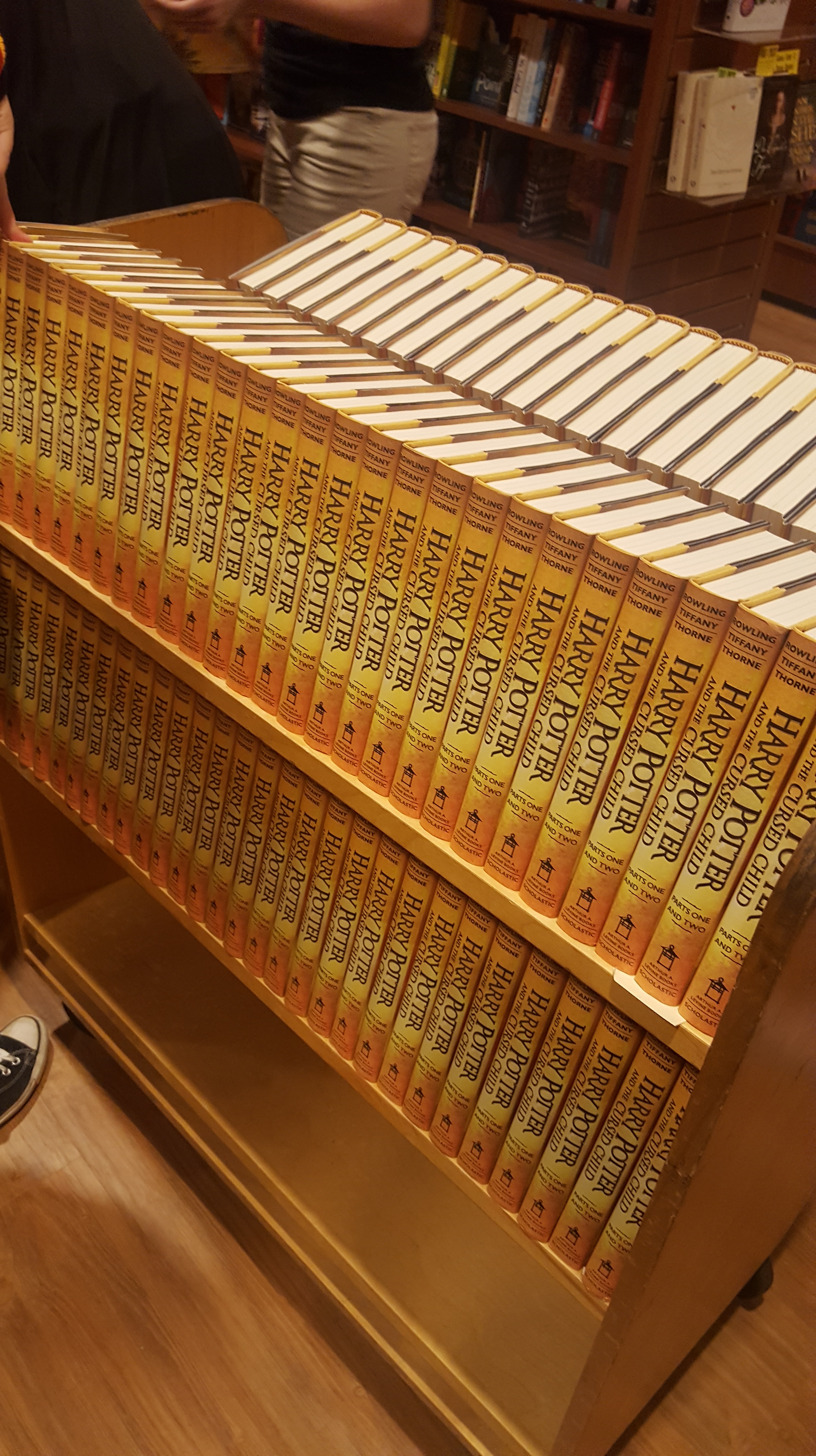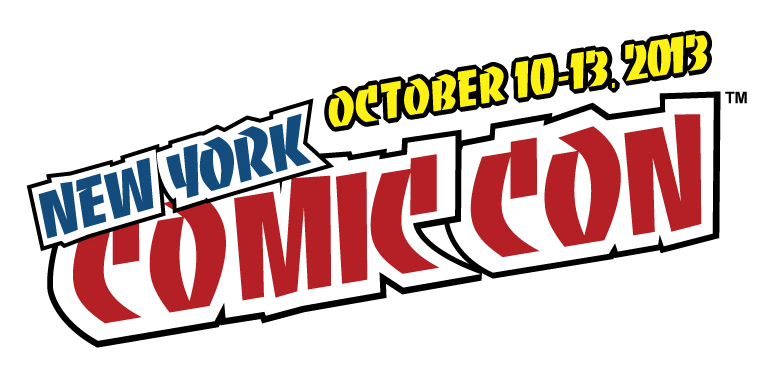Chances are, if you’re a regular reader of Girls in Capes, you know by now that with this month comes our LGBTQ issue. And chances are, even if you’re not, LGBTQ is an acronym you’re aware of. Other variations of the term you may have seen include –but are by no means limited to! – LGBT, GLBT(Q), and LGBTQQIAP. That’s a long acronym, and if you don’t know what it means, that’s okay, because I’m going to teach you. I’m here to tell you what all those letters represent, and let you know of some truly awesome pinnacles of geek and pop culture who identify accordingly. Think of this as LGBTQ 101.
The full LGBTQQIAP acronym contains three types of social identities: sex, gender, and sexual orientation. While sex is biological and assigned to you at birth, gender is based on how you as an individual identify, and sexual orientation is an identity based on who you’re attracted to. Gender and sexual orientation are fluid: there’s no set number of identities, as identity falls on a spectrum, and they’re identities that can change. They’re also not absolute. An individual can identify as gay, but still be in a relationship with someone of the opposite sex.
The bottom line here also doubles as the cardinal rule of social identities, especially when it comes to gender and sexual orientation. That rule? Self-identification is paramount. Regardless of what you think someone’s gender or sexual orientation is and regardless of who you think zhe should be with, you have to respect how zhe zirself identifies. (“Zhe” and “zir” are gender-neutral third-person singular possessive pronouns that can be used in lieu of he, she, his, and hers.)
So, now that we’ve laid down some ground rules, let’s get to it!
L: Lesbian. A lesbian is a person who identifies as a woman who identifies as homosexual.
Who?
- Kate Kane, Batwoman
- Kennedy, Buffy: The Vampire Slayer
- Lana Winters, American Horror Story: Asylum
- Santana Lopez, Glee
- Tara Maclay, Buffy: The Vampire Slayer
- Willow Rosenberg, Buffy: The Vampire Slayer
G: Gay. Gay is an adjective referring to a person who identifies as homosexual. While commonly used as the masculine companion term to lesbian, gay is not a gender-specific term.
Who?
- Albus Dumbledore, the Harry Potter series
- Felix Dawkins, Orphan Black
- Hulkling, Young Avengers
- Paul, Boy Meets Boy
- Renly Baratheon, Game of Thrones
- Wiccan, Young Avengers
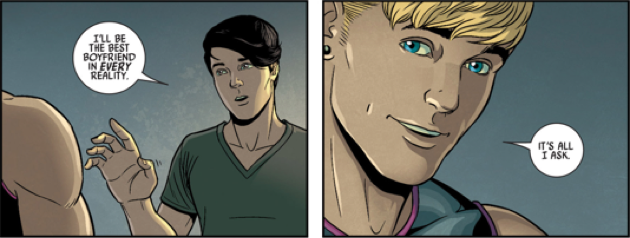
B: Bisexual. Bisexual is both an adjective and a verb used to refer to individuals attracted to both males and females. While bisexual has been a contested term in the past due to what some people see as a reinforcement of a gender binary, many individuals who identify as bisexual do so instead as a more “conventional” means of categorizing their sexuality.
Who?
- Alysia Yeoh, Batgirl
- Bo Dennis, Lost Girl
- Cosima Niehaus, Orphan Black
- Mystique, X-Men
- Ryouji Fujioka, Ouran High School Host Club
- Tara Thornton, True Blood
T: Transgender. Transgender is a term for individuals whose gender identity does not align with the sex they were assigned at birth. Individuals whose gender does align with the sex they were assigned at birth are referred to as cisgender; other gender identities include genderqueer, gender non-conforming, and fluid. Transgender individuals may or may not choose to transition, a process in which gender presentation is permanently changed to align with individual gender. Not all transitions are the same, and may or may not include sex reassignment therapy.
Who?
- Alysia Yeoh, Batgirl
- Grady, Parrotfish
- J, I Am J
- Sophia Burset, Orange is the New Black
- Unique Adams, Glee
Q: Queer. Used in relation to both sexual and gender identities, queer can be used as an umbrella term for identities that aren’t exclusively heterosexual. It too is a controversial term, having been reappropriated.
Q: Questioning. Questioning is a term used to describe individuals who may be questioning their gender identity or sexual orientation.
Who?
- Ari, Aristotle and Dante Discover the Secrets of the Universe
- Astrid Jones, Ask the Passengers
- Nicola Lancaster, Empress of the World
- Santana Lopez, Glee
I: Intersex. Intersex is a term used to describe individuals whose sex is not, for whatever reason, strictly male or female. Oftentimes, intersex infants’ parents opt for “correctional” surgery at birth, aligning the infant’s sex more closely to either male or female. Despite being raised in accordance with a specific sex, however, some intersex individuals may identify with another later, and some may choose not to identify as male or female at all.
A: Asexual. An adjective, asexual is used to describe individuals who do not feel sexual attraction. It’s important to note that while an individual may identify as asexual in terms of their sexual orientation, they may have a romantic orientation that’s different (eg. homoromantic asexual).
P: Pansexual. Pansexual is a term that, similar to bisexual, is used to describe individuals who are interested in more than one gender. Unlike bisexual, however, pansexual invokes all genders, including identities such as genderqueer and gender non-conforming.
You may notice that there are either some characters missing, or no examples for some of these identities. In the case of the former, while there are some omissions of characters who do fall under the LGBTQ umbrella, they’ve been left out not as an oversight, but because, canonically, they’re not explicitly self-identified. Take Sailors Uranus and Neptune: yes, in the Sailor Moon manga and Japanese anime, it’s clear the two are in a romantic relationship, but the exclusion of a heterosexual relationship contemporary with the events of the series doesn’t allow us to align them with any specific identity.
In the case of the latter, no examples are given because there are no characters who openly self-identify as such. While some of the latter identities aren’t as well known as some of the former ones, it hardly means visibility of those identities isn’t important too. Representation is an incredible feeling for anyone, but especially so for those who aren’t used to experiencing it. Perhaps in the future we’ll see characters self-identify as asexual, intersex, or pansexual, but until then we can support those LGBTQ characters we do have, and stay as educated as we can, so that when more characters arrive, their future is a bright one.
Hannah Pingleton is the resident LGBTQ Writer for Girls in Capes. You can find her on Twitter @hannahpings.
